Our living environment has the potential to influence our mood and behavior. According to neuroscientists researching the effects that one’s living environment can have on mental wellbeing. One study found that poor interior-design has been correlated with anxiety, delirium, high blood pressure, and even substance-abuse! Physical health can also be impacted according to organizational expert Peter Walsh who discusses with Oprah about the relationship between clutter, obesity, and cardiovascular health.
Some of the top recommendations for decor and design focus on trying to achieve a sense of harmony, peace, happiness, or creativity with the pieces that you choose to feature in your home.
Your interior design choices can act as a way to convey your personality and ambitions, so it can potentially say a lot about you. But, it can also improve your perceived quality of life, physical and mental health.
1. Get yourself some plants.
Many studies have found that plants can help to improve your mood, concentration, and memory as the presence of natural elements can reduce stress. Research conducted by NASA found that plants can remove 87% of toxins in the air within 24 hours of putting them in your home.
There has been evidence supporting that the air you breathe indoors could potentially put you at a greater risk of sickness or even death (in rarer cases) than outdoor air. Some of the best plants to help keep the air clean in your home include bromeliads, dracaena, spider plants, and jade plants.
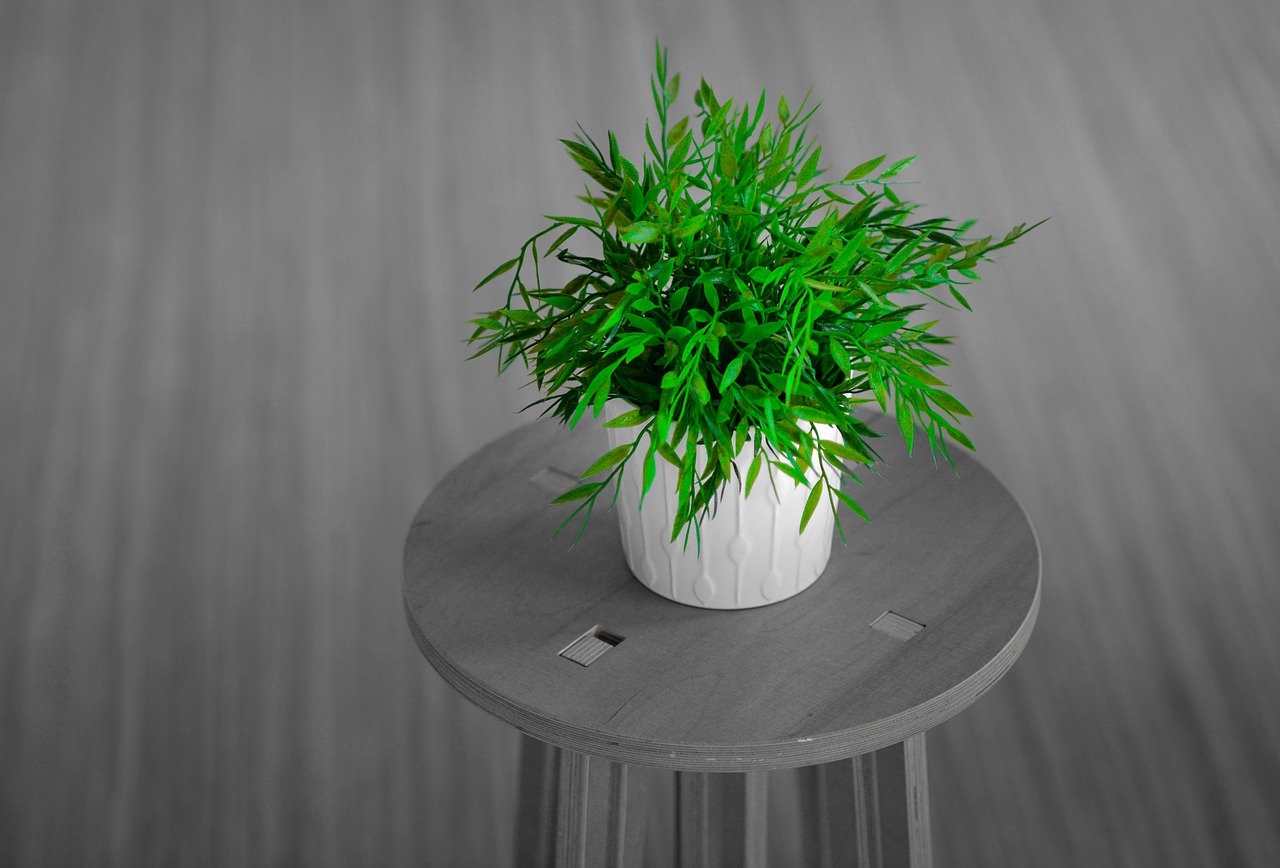
2. Paint the room.
The paint colors that you use in your home will influence your mood subconsciously. You’ll want to choose warmer tones of yellow or orange which can make people feel more relaxed or creative. Or cooler tones of blue or green that encourage feelings of calm, harmony, and serenity.
You should try to avoid red tones which could either raise the energy of the room or increase anxiety. I think that red is best served as an accent color to add more warmth to your space.
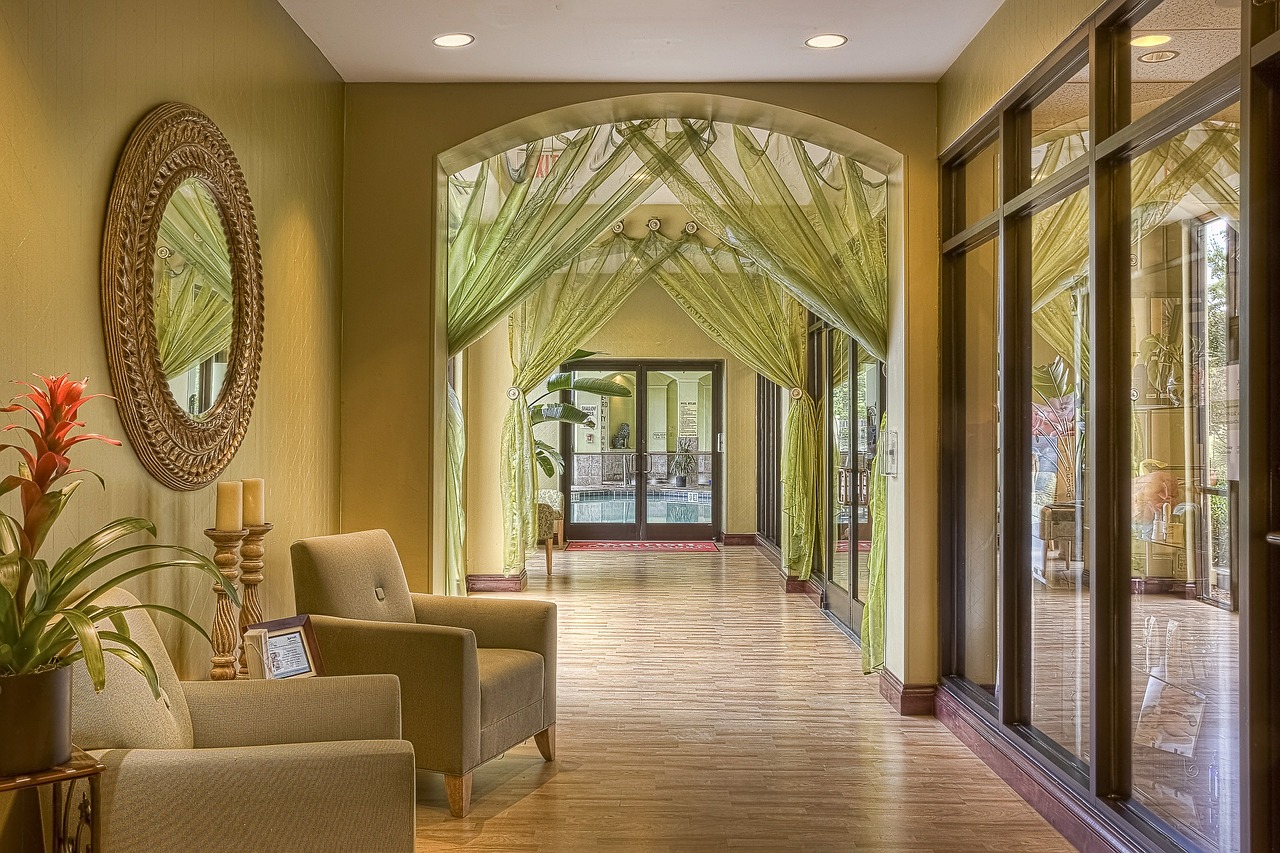
3. Use persuasive design.
The goal of persuasive design is to incorporate decor into your living space that encourages interaction. This could include adding a coffee table and placing your gaming controllers or a chessboard on top.
You could also forego a TV altogether and instead place the seating facing each other instead to encourage conversation. It’s also important not to add too much furniture or decor into your living space to avoid the risk of clutter. When in doubt, I always choose function over form!
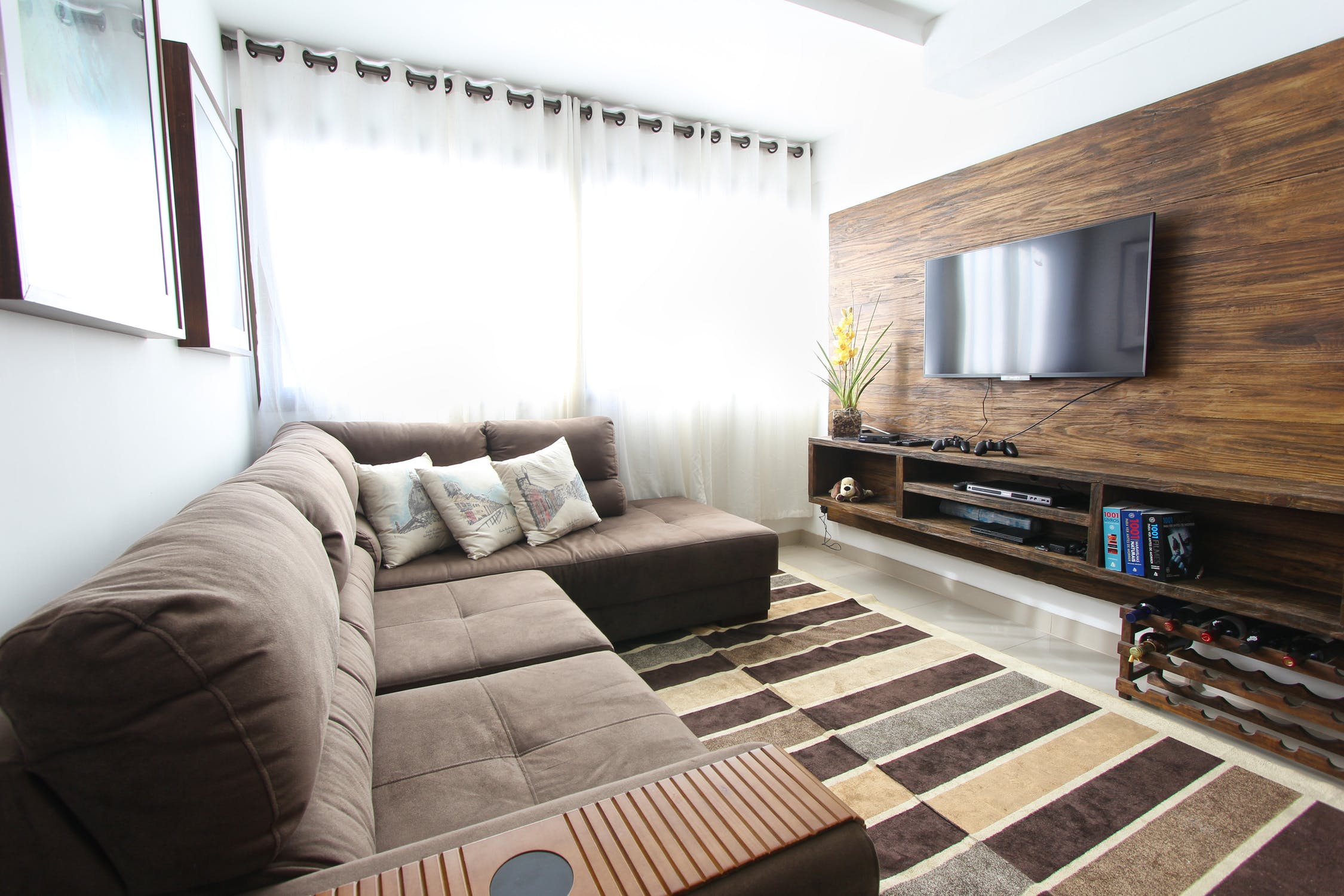
4. Consider the lighting.
The way that a room is lit is also very important for the ambiance and comfortability of a room. The best lighting source is, of course, the sun, so the number and size of the windows in your home could boost happiness, decrease feelings of sadness, and relieve anxiety.
Alternatively, you can invest in a rock salt lamp, essential oil diffuser with LED lights, tea lights or soft white Christmas lights to add more ambiance to your environment, especially if you’re living in an apartment complex, townhouse, or condominium that doesn’t get a ton of natural light.
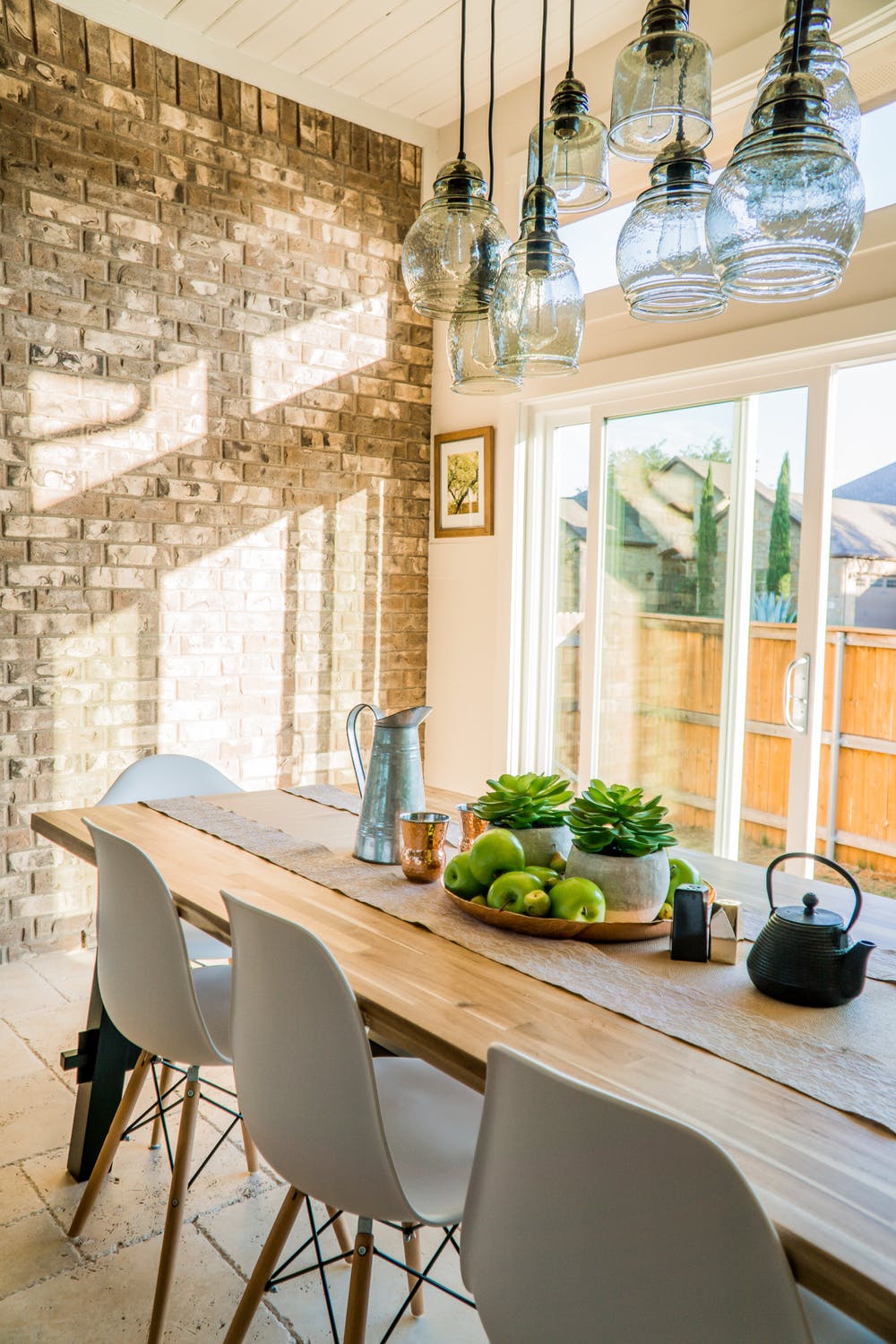
5. The size of the room matters.
The size of the room and the height of the ceiling have the potential to influence mood and creativity. Depending on the height of the ceiling, it can affect one’s perception of freedom or confinement when they enter the space.
Some studies have found that people are happier, more creative, and focused when in rooms that have higher ceilings. When looking for a place to live try to find something that is as spacious as possible especially if you’re in a professional field that requires a lot of creative energy and time spent working from home. If you’re building a home, bring this to the architect’s attention.
Do you have any other ways to make your living space more comfortable? I’d love to hear from you!

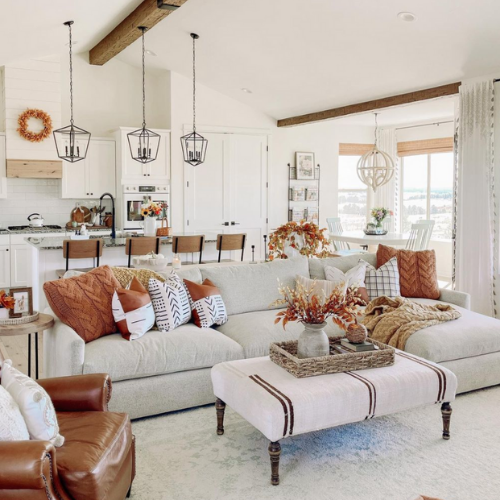
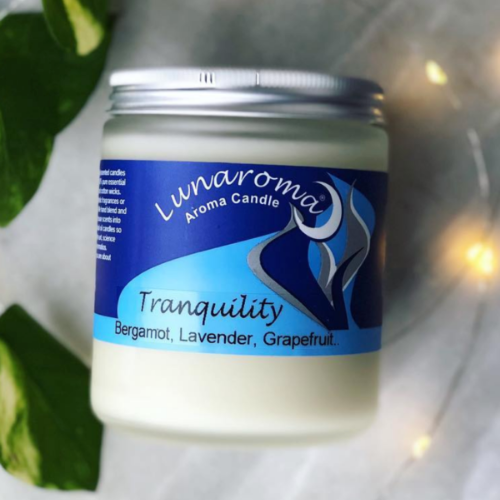
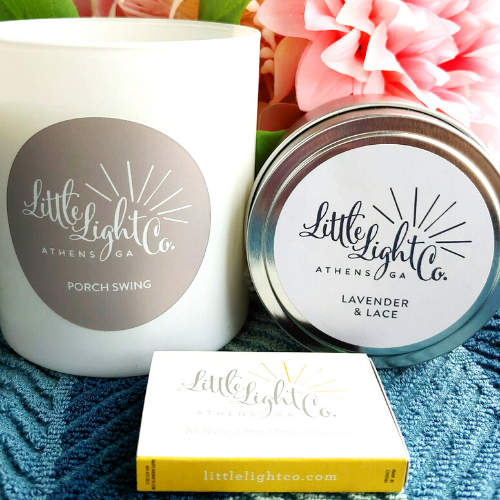






 @myersbagelsbtv sesame
@myersbagelsbtv sesame 


 Sweet Thai chili roasted te
Sweet Thai chili roasted te


